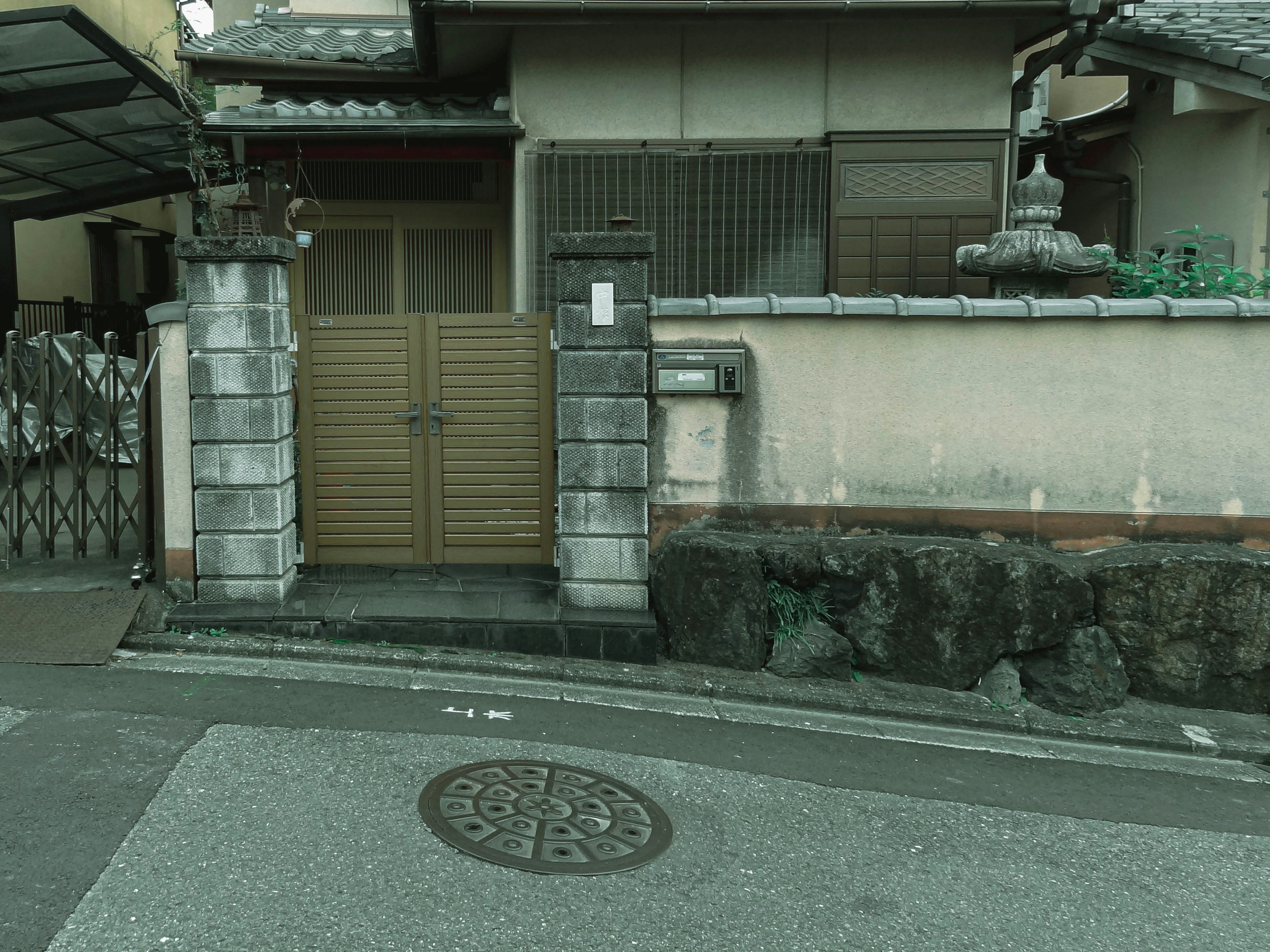.svg)
The Hidden Costs of Akiya Renovation No One Talks About
.svg)
.svg)
.svg)

Learn how to insure old houses in Japan. Covers fire & earthquake insurance, retrofitting, costs, and foreigner-friendly providers.


Buying an old house in Japan (including akiya) is an exciting opportunity—but before moving in, you need to understand how to protect it. This guide covers the types of home insurance in Japan, costs, retrofitting benefits, and the best insurance providers for foreigners.

Older Japanese homes come with history, character—and higher insurance considerations.
Keyword note: This is especially true for akiya properties in rural Japan, where replacement costs can be high.
SEO Tip: When searching in Japanese, these are often bundled as 火災保険+地震保険.
Pro Tip: Your premiums will depend on age, structure type (wood vs. reinforced concrete), and location risk.
If your home was built before 1981, it may not meet modern earthquake resistance standards.
If you’re a non-Japanese resident buying an old home, consider these foreigner-friendly insurance companies:
Provider:
TRINITY Inc.: Full English support for fire, property, and casualty insurance.
Chubb Insurance Japan: Global insurer with property coverage and English-speaking assistance.
AIG Japan: Broad coverage options with multilingual support; trusted international brand.
Tokio Marine Nichido: Japan’s largest insurer; works well through brokers familiar with foreign clients.
Sompo Japan: Strong overseas network; more flexible underwriting for non-residents.
💡 If buying remotely or managing a second home, services like:
MailMate can handle documents, premium payments, and translations in English.
Aspect Details
Fire Insurance: ¥10,000–¥20,000/year; excludes quake damage
Earthquake Insurance: ¥7,300–¥32,600/year; add-on to fire insurance
Older Homes: Higher premiums due to risk and repair difficulty
Retrofitting
Grants, loans, and premium discounts available
Foreigner-Friendly Providers: TRINITY, Chubb, AIG, Tokio Marine, Sompo
Owning an old house in Japan is rewarding, but proper insurance coverage is essential—especially for akiya in rural areas or homes built before 1981. By combining fire and earthquake insurance, considering retrofitting, and working with a foreigner-friendly provider, you can protect your investment and navigate Japan’s insurance market with confidence.
Start your journey with Luxey today! Sign up for free and get instant access to the best property listings.



